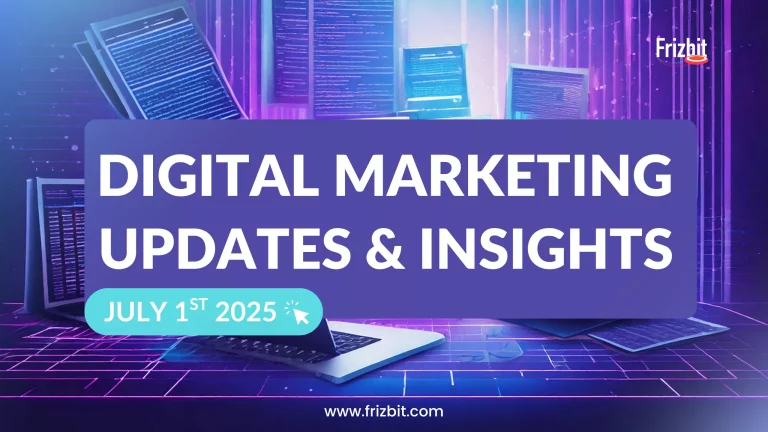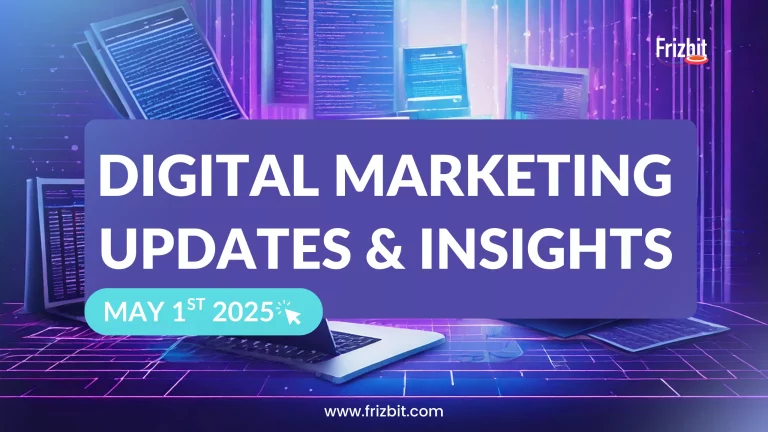Black Friday makes November a very hectic month when it comes to digital marketing. Now that is over, let’s take a step back and gather the most important marketing insights and updates. We’ve put together a short, but useful information list just for you.
Here are the top Digital Marketing Insights for November 2020
Search Marketing Updates November 2020
New Crawl Stats Reports on Google Search Console
The Google Organic world is an ever changing one. Most recently, Google launched an update (relax, this time not on its search algorithm☺) for their Search Console tool that affects the Crawl Stats Report.
The Crawl Stats report shows information regarding how many requests were made to your site, when and what was the server’s response. As you may know, crawling is done by Googlebots that visit the web to add updated and new pages to the Google Index.
The new update on the Crawl Stats report offers new features with deeper insights into how Google is crawling your site:
- Total number of requests grouped by response code, crawled file type, crawl purpose, and Googlebot type.
- Detailed information on host status
- URL examples to show where in your site requests occurred
- Comprehensive summary for properties with multiple hosts and support for domain properties
Google makes emphasis on the new Over-time charts that offers website owners a complete view of total requests, total download size and average response time.
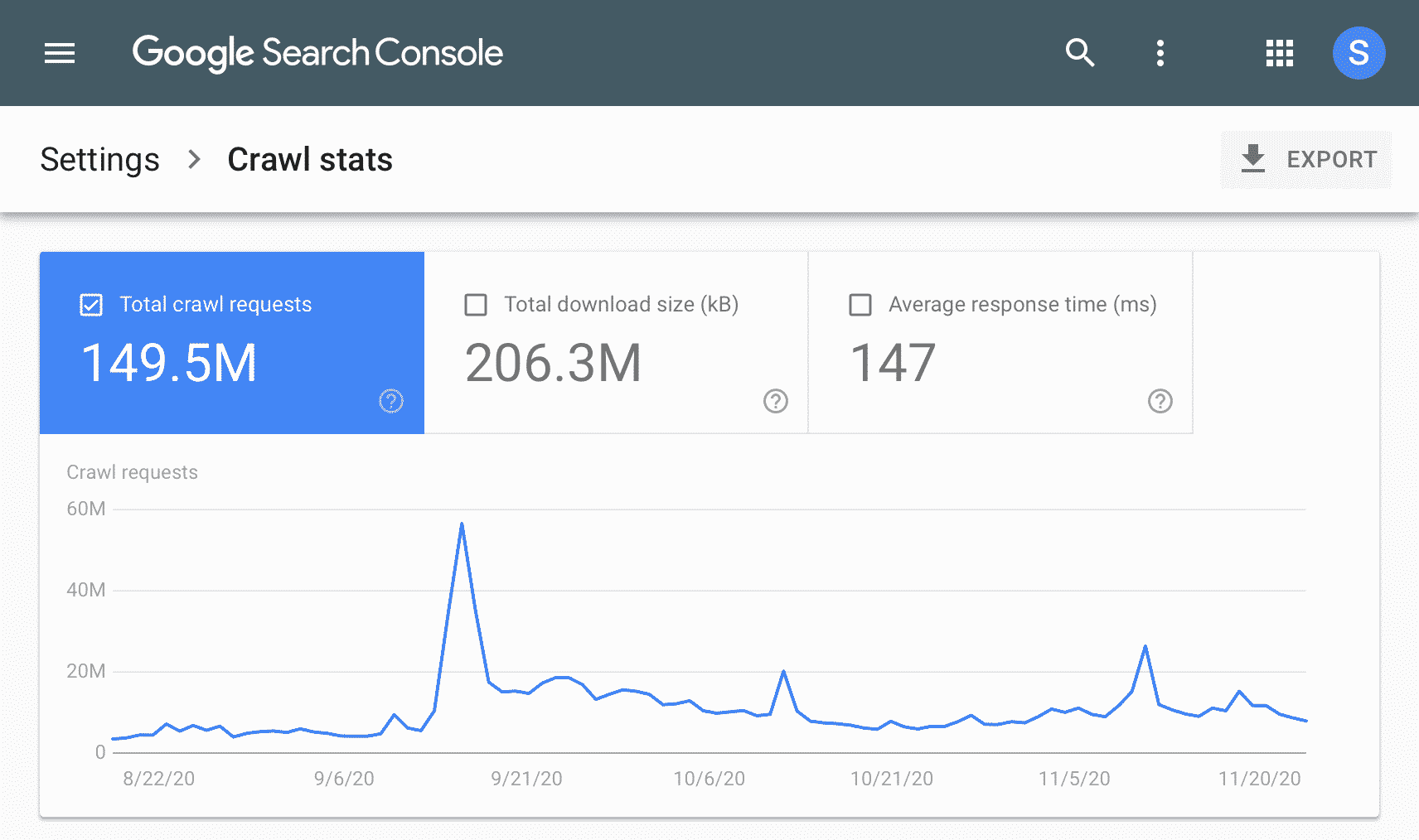
They also feature the Grouped Crawl Data:
“The new version of the report also provides data on crawl requests broken down by response, file type of the fetched URL, purpose of the crawl request, and Googlebot agent.”
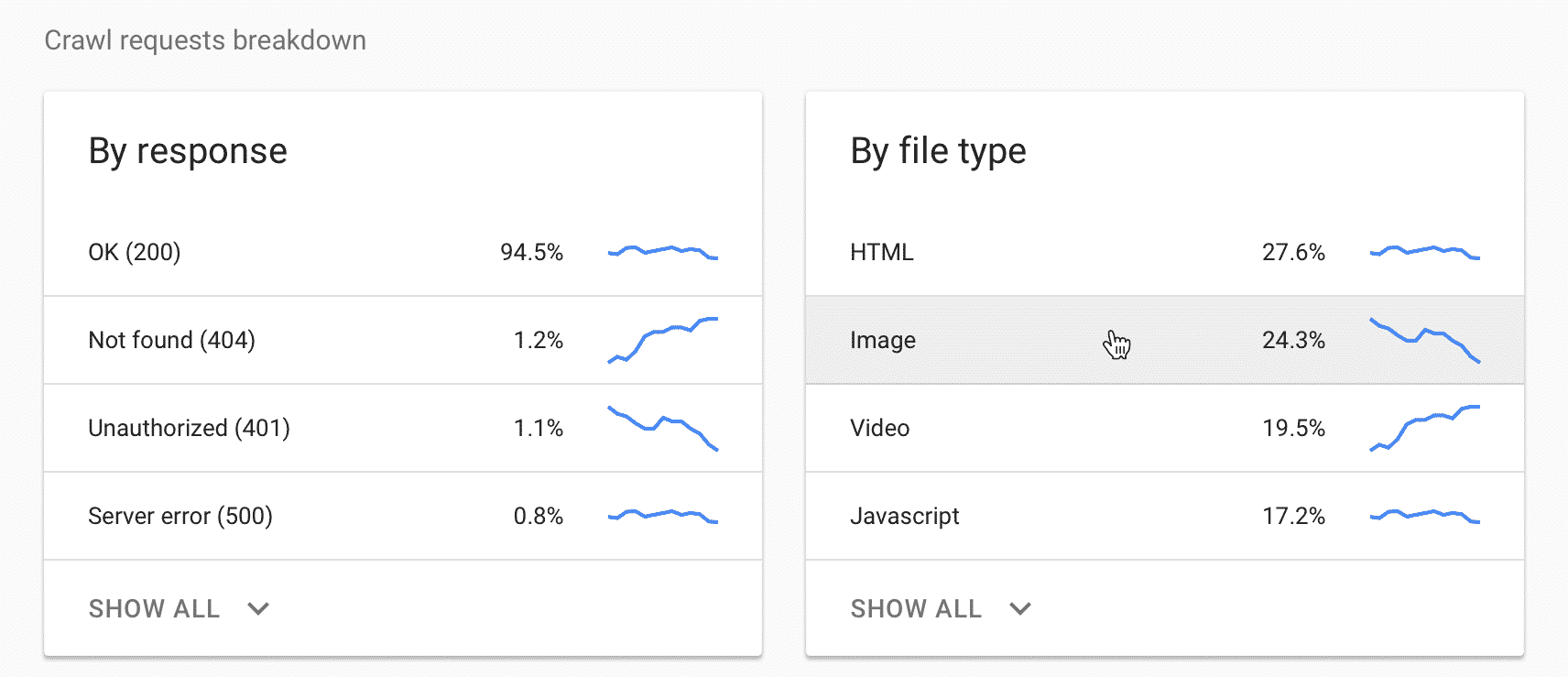
The update on the Crawl Stats reports also offers Detailed Information on Host Status Issues which allows you to check the sites’ availability to Google during the last 90 days.
All these new features offer a more comprehensive understanding of how the crawling occurs in your site, providing useful information on performance and possible issues that might be affecting your web.
So if you’d like to see yourself, you can directly check your crawl stats on this link
Google Web Stories
We are all familiar with the “stories” format by now: images or videos with text and/or music that last 24 hours and offer short-dynamic content. A while ago Google announced that they’ll be launching Google Web stories.

But, have you stopped to think about how you can include them in your digital marketing strategy?
Google Web Stories are available in Google Search, Google News and Google Discover and they can work as an additional channel to drive traffic to your website. Of course, as all digital marketing content, you must use them wisely and deliver great content.
Here are some tips on how to create great web stories:
- Prioritize video content over images and complement with text information
- Use short direct messages, don’t clutter the story with a bunch of text
- Add a call to action
- Appeal to interaction: add polls and questions
- Give a personal touch using your brand’s identity and a first-person storytelling format
Are you already excited to start sharing them? You can use some third party tools, install official wordpress plugins by Google or develop for your custom needs. Check more on how you can create them on Google Web Stories
Page Experience and Google Search Ranking
Page Experience signals measure the way users interact and perceive a web page. Last May, Google announced how these signals would be included in the ranking of sites in Google Search.
In their continuous effort of making the Internet an enjoyable experience, the page experience signals in ranking will come to effect next May 2021. This means it’s time to get ready for the changes and start improving our sites.
Here’s a list of what you should keep in mind and focus on:
- Loading times, interactivity and visual stability
- Mobile friendly sites
- Safe browsing
- Page served over HTTPS
- Easy user accessible content
Google has a lots of information on how to improve your site and make it a loveable experience for users.
Marketing Tech Updates November 2020
No more third-party cookies
Google’s announcement on eliminating third party cookies might have created some concern in the marketing world. How are we going to engage with our audience now?
The question arises in a digital environment where advertisers are used to following users around and re-targeting them with personalized ads. However, there are solutions on sight that will help publishers keep in touch with their consumers in a world without third party cookies.
Frizbit
Frizbit is a complete multi-channel marketing orchestration platform that offers you the power to communicate with your customers to do retargeting campaigns without third-party cookies whatsoever. You can keep in touch with users during long periods of time and retain their interest. Even though it has email and SMS channels, that’s not the most interesting part as they require personal data.
What is the most interesting in their platform is the power of using web push notifications. This platform works without the need of using third party cookies, making the alternative retargeting solution without ads for a post-cookies future. It’s main feature, web push notifications, allow you to send hyper-personalised messages based on user behaviour to non-registered users that visited your site, even when they’re not on it.

Besides the retargeting campaigns, you can also use push notifications to schedule segmented messages to reach your customer at any time you wish, making it possible to send information about products, sales, discounts, news and basically anything you want to communicate to your audience in a third-party cookie independent environment.
You can get a free trial clicking here!
Trust Tokens
As an answer to the elimination of third-party cookies, Google has shown an initiative to replace them with, what they call, Trust Tokens. It’s an API that would give you non-personalized, cryptographically signed tokens to authenticate users.
These trust tokens will allow advertisers to get some information about users without needing to know their identity and not to track them individually. The main purpose is to separate bots from users.
The Trust Token API is available for testing by developers. You can get more information on this subject here.
Permisio
Permisio is a tool designed to customise privacy preferences. Basically, what this tool does is to offer users the power to super-personalize their navigation settings and create a browsing experience that adapts to their preferences.
The user just needs to create an account for free and complete a basic set up process with their privacy choices. Then, when they visit a site they’ll get a personalized navigation experience with fewer pop-ups. This tool allows users to have better navigation at the same time that offers advertisers a seamless way to receive meaningful data and continue to engage with users.
In fewer words, it’s an agreement between users and advertisers that benefits both parts and helps them live in a world without third party cookies. The only disadvantage of this tool is the fact that both parties need to subscribe to the service in order to work.
Social Media Marketing Updates November 2020
Instagram changes in ads
Instagram made an update that affects the way brands advertise content. This new feature allows advertisers to create sponsored posts from users’ accounts.
What this means is that you’ll see your favorite influencer’s regular Instagram post, but with a small caption that reads “paid partnership with (brand name)”. This small tag will identify when their posts are sponsored by a brand.
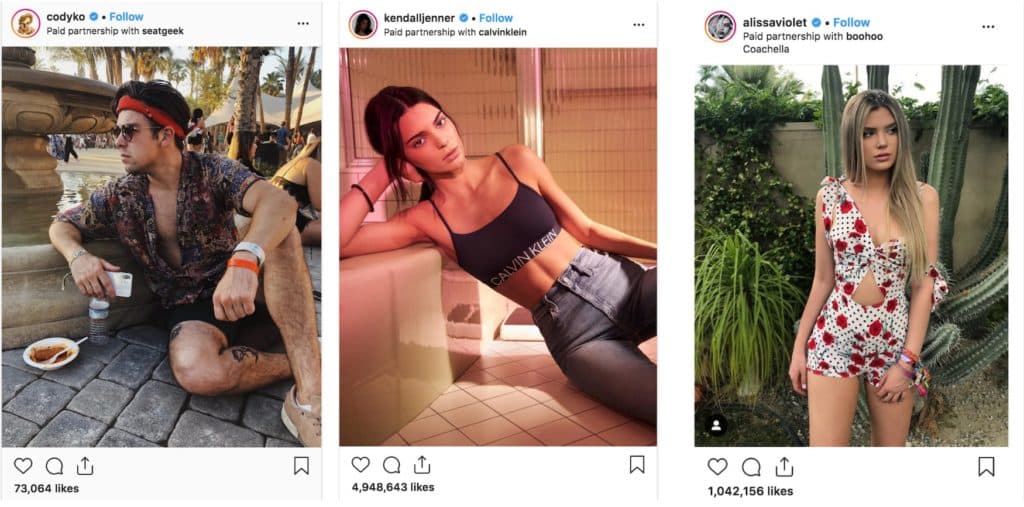
This update makes the process of creating branded content much simpler for companies. Before, a lot of coordination between both parts was required: the post had to be published first by the influencer as a regular, organic post and then could the brand promote it. Instagram says:
“Now brands have more flexibility with fewer constraints when they want to run Branded Content ads”.
The process is very simple now. The brand sends the content creator a request for ad creation access, the creator accepts the partnership and immediately the brand can submit them the ad for their review. As soon as the influencer approves the ad, it will start running from their account without appearing on their feed.
YouTube is showing ads on non-monetized channels
YouTube decided to implement a change on their advertisement strategies. From a recent update YouTube is now showing ads on non-monetized channels and creators are not receiving any type of revenue form them.
Needless to say that youtubers are not thrilled by this new feature. Showing ads on channels that don’t qualify or haven’t opted for monetization is not the issue here. It’s the fact that this decision was made without their consent and creators are not even benefiting from it.

Normally, any youtuber had to apply and join the YouTube Partner Program for ads to start running on their channel and receive a share of the revenue. With the new advertisement trait even channels that don’t qualify or have opted for monetization will show ads.
“You grant to YouTube the right to monetize your Content on the Service (and such monetization may include displaying ads on or within Content or charging users a fee for access). This Agreement does not entitle you to any payments.”
The change appears on YouTube’s Terms of Service.
This is a sum up of the Digital Marketing Insights for November 2020. Make sure you check out our blog regularly.
Insights from previous months:
